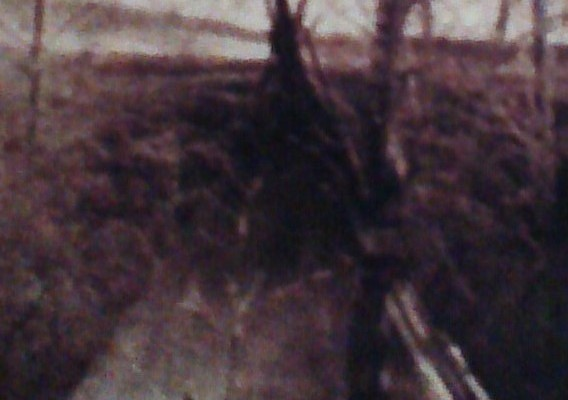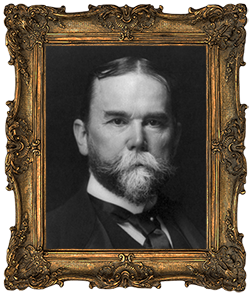Washington County Indiana – Land of the Indians
 With the European discovery of the Americas, the indigenous tribes of this land had their lives and legacies changed forever, to devastating and irreparable effect. As colonization spread rapidly across the eastern seaboard, the decimated Indian tribes of the eastern states began a forced westward migration, in search of new lands. Some of these tribes were allowed, by permission of the Miami Nation of Indians, who held the original domain of western Ohio, all of Indiana and eastern Illinois, to settle the area that would eventually become Washington County.
With the European discovery of the Americas, the indigenous tribes of this land had their lives and legacies changed forever, to devastating and irreparable effect. As colonization spread rapidly across the eastern seaboard, the decimated Indian tribes of the eastern states began a forced westward migration, in search of new lands. Some of these tribes were allowed, by permission of the Miami Nation of Indians, who held the original domain of western Ohio, all of Indiana and eastern Illinois, to settle the area that would eventually become Washington County.
The Miami Nation, which included their “cousin” tribes, the Wea and the Piankeshaw Indians, had lived in Indiana for centuries and could most likely trace their ancestry back to the pre-historic mound Indians found throughout the region of the Ohio River Valley. With the growth of the American colonies, more and more eastern tribes began to seek refuge within the future borders of Indiana and by the time the first pioneer settlers and squatters arrived in the state, there were more than 20 separate tribes living here. Some of these tribes were; Shawnee, Kickapoo, Huron, Winnebago, Delaware, Munsee, Mohawk, Pottawatomi, Seneca, Chippewa and Wyandot.
The White River Valley was said to have been sacred hunting grounds for the Miami Nation of Indians and this would have included the area of Washington County. The Piankeshaw tribe, who were heavily intermarried with the Kickapoo, lived all along the Wabash and White Rivers, and had villages and/or hunting camps in the northwest section of our county. They seemed to have disappeared from our landscape around the time of the Battle of Tippecanoe, in 1811.
The Shawnee, who aligned with the Miami Nation during the Northwest Indian Wars, had migrated to western Ohio and eastern and southern Indiana, in the late 1600’s. This tribe was noted for having villages around the Hardinsburg and Fredericksburg areas, when American settlement began, in what would become Washington County, in the very early 1800’s. Most all of the Shawnee appear to have left our county by 1809, to join their War Chief Tecumseh, and his Indian Confederacy, at Prophetstown.
The Delaware Indians, also known as the Lenni-Lenape, had absorbed some fragmented tribes and migrated with the Munsee tribe, after they were granted permission by the Miami Nation, to settle lands between the White River and Ohio River around 1770. The Delaware were the primary residents of our county when the pioneers began to arrive. They had an extensive network of camps and villages throughout Washington County, the largest of which was along the northern banks of Elk Creek, in Gibson Township, and was known as, Oxtown, named for Chief Old Ox. The Delaware were for the most part amicable with the early settlers and remained neutral in the War of 1812, refusing to join Tecumseh and the British forces. After the death of Chief Old Ox in the winter of 1811-12, this Delaware band, now under the leadership of Ox’s son, Tow Head, departed the county for good in April of 1812, but not before exacting some retribution upon our pioneer settlers, for the Battle of Tippecanoe.
So by 1813, nearly every American Indian who had previously resided in Washington County, had left for good. One known exception to this was a Delaware man, who lived a somewhat isolated life, hunting, fishing and trading with the pioneers, in the bottoms of Monroe Township, later named in his honor, Delaney Bottoms. Delaney likely stayed around for as long as ten years after his fellow tribesman left and the settlers began familiarly calling him, “Chief Delaney”. Today the bottoms, the creek and the park, all honor his memory.


